Is your company ready for a shift to the cloud?
Retaining an aging solution, while maturing your business could be holding you back in ways that are costing you time, money and opportunity. With rapidly evolving technology and systems, it’s likely it’s time for your organisation to catch up.

How can you tell if your legacy, on-premises Microsoft instance is keeping pace with your growth?
Eight signs that your company is ready to upgrade
- Sign #1: Your ERP system is constantly playing catch up.
As your organisation grows in terms of customers, staff, processes - have you noticed an increasing need to automate to become more efficient?
For example, you might be looking for ways to automate your AP processing and integrate directly with suppliers, so you can process transactions digitally.
Keeping up with business growth is one of the main decision-drivers; your ERP solution should enable your organisation to thrive while seamlessly meeting increasing demands. If your current system has become too unreliable to handle the work you need done, then it’s limiting your growth potential.
- Sign #2: You have a growing mobile workforce that needs a single data repository that can be accessed anywhere, anytime.
If your teams are spread out or working remotely and need access to the ERP system wherever they are, a cloud-based solution is what you’re looking for. You might have sales reps and field teams working remotely, and 24/7 access to the system is critical for their day-to-day tasks.
Microsoft Dynamics 365’s field service capability can provide insights and data to enable remote teams to work quickly and more efficiently. Any information collected on the go, like a work order or technical documentation, can be integrated into the ERP system, creating a holistic view of all operations across the business.
- Sign #3: Your workflow and decision-making processes are manual
Are you getting frustrated with paper going missing, EOM reporting taking too long, and wasting time following up on manual approvals? Have you noticed an increasing need for better and easier visibility, from outputs back to source?
The need for more timely information and a strong, automated approval and workflow process is typically a major decision-driver when it comes to upgrading to a cloud hosted Dynamics ERP solution.
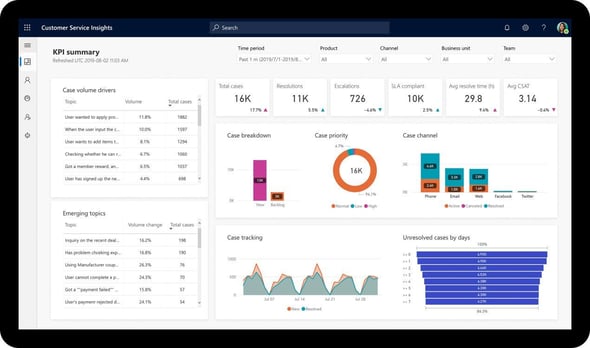
- Sign #4: You’re paying high fees and not seeing enough ROI
Are the costs of maintaining your current system continually on the rise? Take a closer look at your current ERP deployment fees (in-house servers or private hosting included) and maintenance, then compare these costs with what you’re missing out on in tools and technology.
You could be in a situation where only your financials are being managed by an ERP system such as NAV, and other functional areas like sales or inventory are managed by a separate system. It's more cost-effective to consolidate all processes into one system. When your ERP system is in the cloud, you pay for what you need, when you need it - you don't have to anticipate it and wind up paying more than you should.
- Sign #5: You’re experiencing rising security and data breach concerns
If you’ve been through the process of data recovery after a disaster or security breach, you'll know how time-consuming, frustrating and expensive it can be. You still might not have retrieved everything you need. Moving away from an on-premise system that has to be backed up and requires a huge amount of space to a managed, hosted environment where those worries are eliminated, significantly reduces stress and pressure on resources. Older versions of Microsoft ERP offerings may no longer be supported which can cause security vulnerabilities. - Sign #6: Your ERP version is outdated and lacks vendor support.
Moving to the cloud means automatic software updates as soon as they're available and ensure that you're well provided for in terms of disaster recovery. Microsoft phase out support for their older products with end of life plans for all on-premise ERP solutions. No vendor support and skipped upgrades leaves your organisation with a large-scale upgrade project which can get very expensive, very quickly. A strategic decision to move to Business Central now will save time, effort and money further down the road. - Sign #7: The number of disparate ‘knowledge silos’ within your teams are growing
As your business grows, so does its processes. Inevitably, they can become more complex, often undocumented, residing in 'knowledge silos' and resulting in significant incompatibilities between data, processes and information. If this is something your organisation is facing, you might be thinking of ways to streamline processes and better manage process knowledge and documentation.
The move to Business Central means you'll gain a comprehensive overview of your service tasks, workloads, and employee skills to effectively assign resources and accelerate case resolution.

- Sign #8: You need more trust-worthy data at your fingertips in real-time.
There’s a constant need for better, richer information to support quick decision making. Faster, more informed decisions enhance customer service, profitability, and reporting.
Microsoft Power BI analytics improves the decision-making process and makes it more precise by providing detailed insights. Power BI integrates seamlessly with Dynamics Business Central, with a user-friendly interface enabling users to create their own reports and dashboards.
How does your current ERP system measure up?
The insights we've gained from over 30 years of implementing ERP systems for clients, all point to a common expectation to move to a more modern, intuitive, simple system that's user-friendly and yet able to handle complex workflows and business processes.
Most new cloud applications are designed with this in mind, and that's certainly true of Business Central. Completely cloud-enabled, it combines CRM and ERP functions to deliver everything from sales, customer service, marketing, financials, operations and reporting – while allowing for customisation and flexibility depending on business requirements.
To summarise, people want more from their systems, technology and experience. If these signs ring bells for you, it’s a strong indicator that you’re ready for a change.

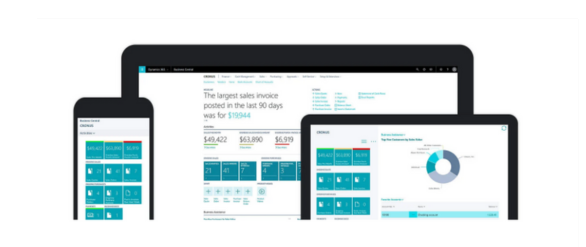
.png?width=292&height=394&name=Endeavour%203D%20cover%20MS%20ERP-compress%20(2).png)

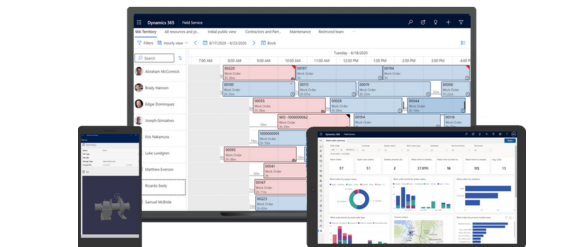
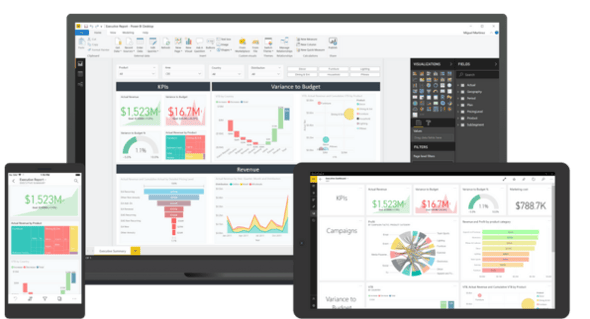
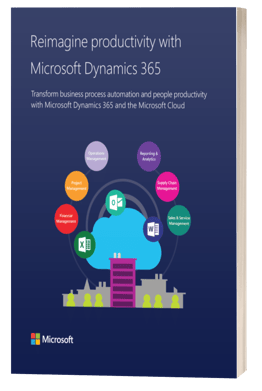


.png?width=345&name=logo%20(1).png)

